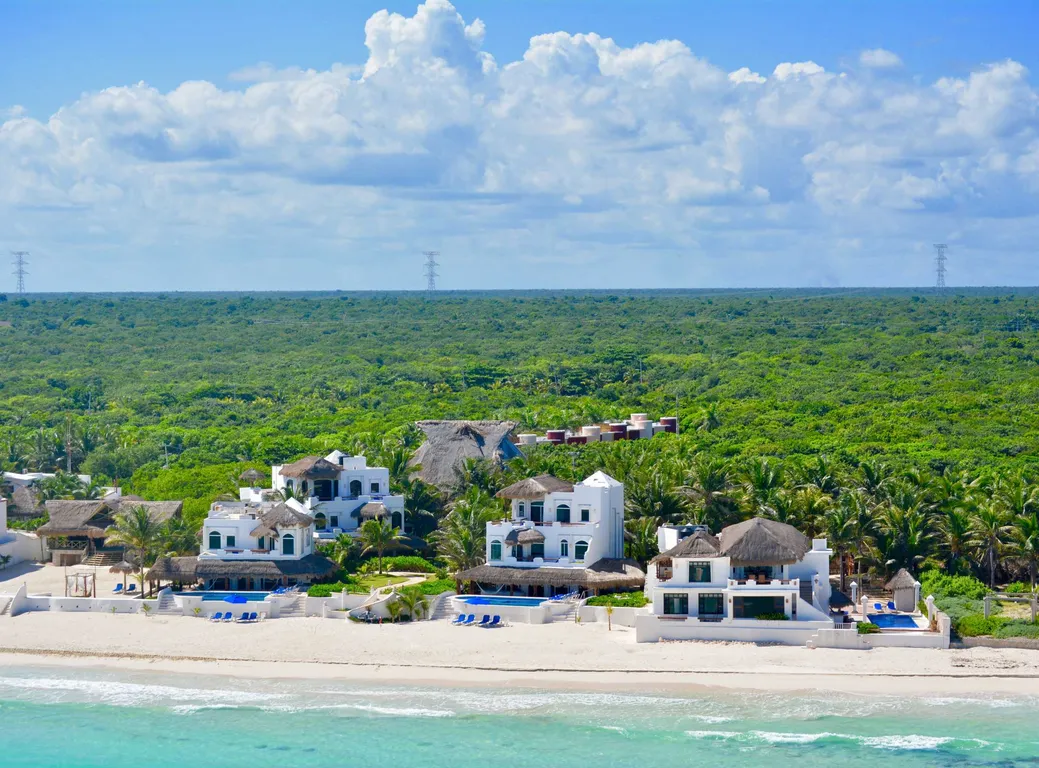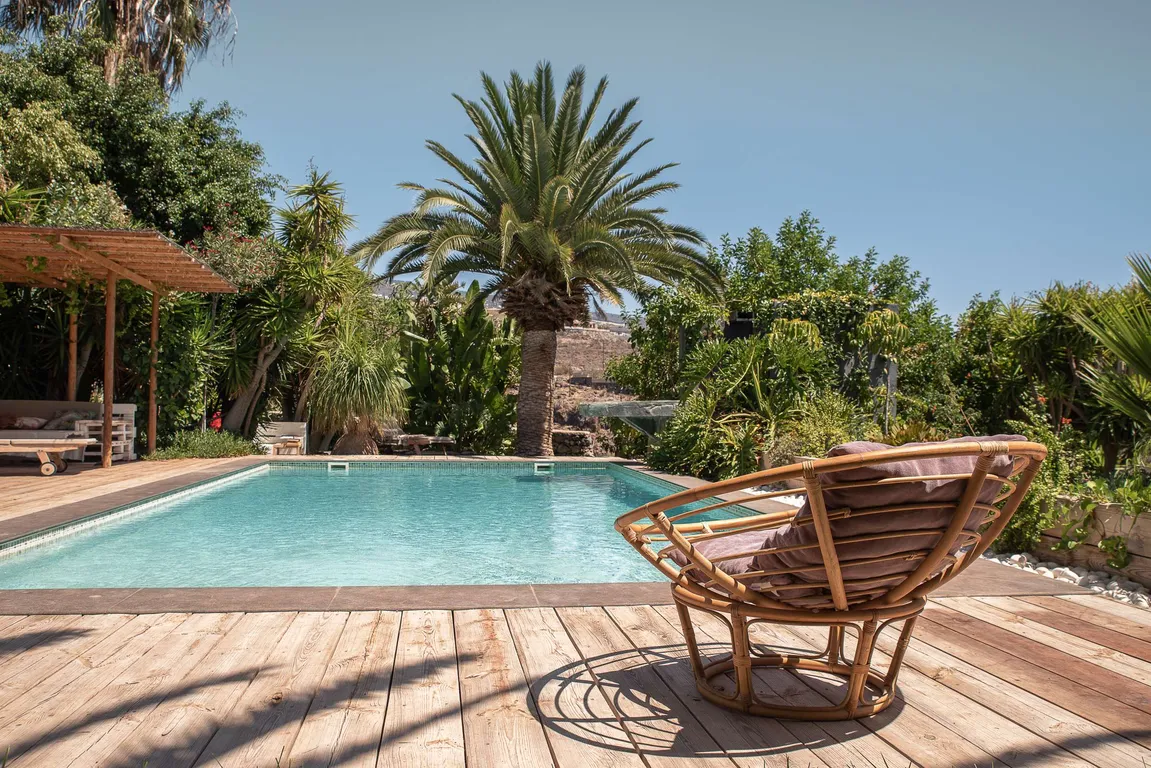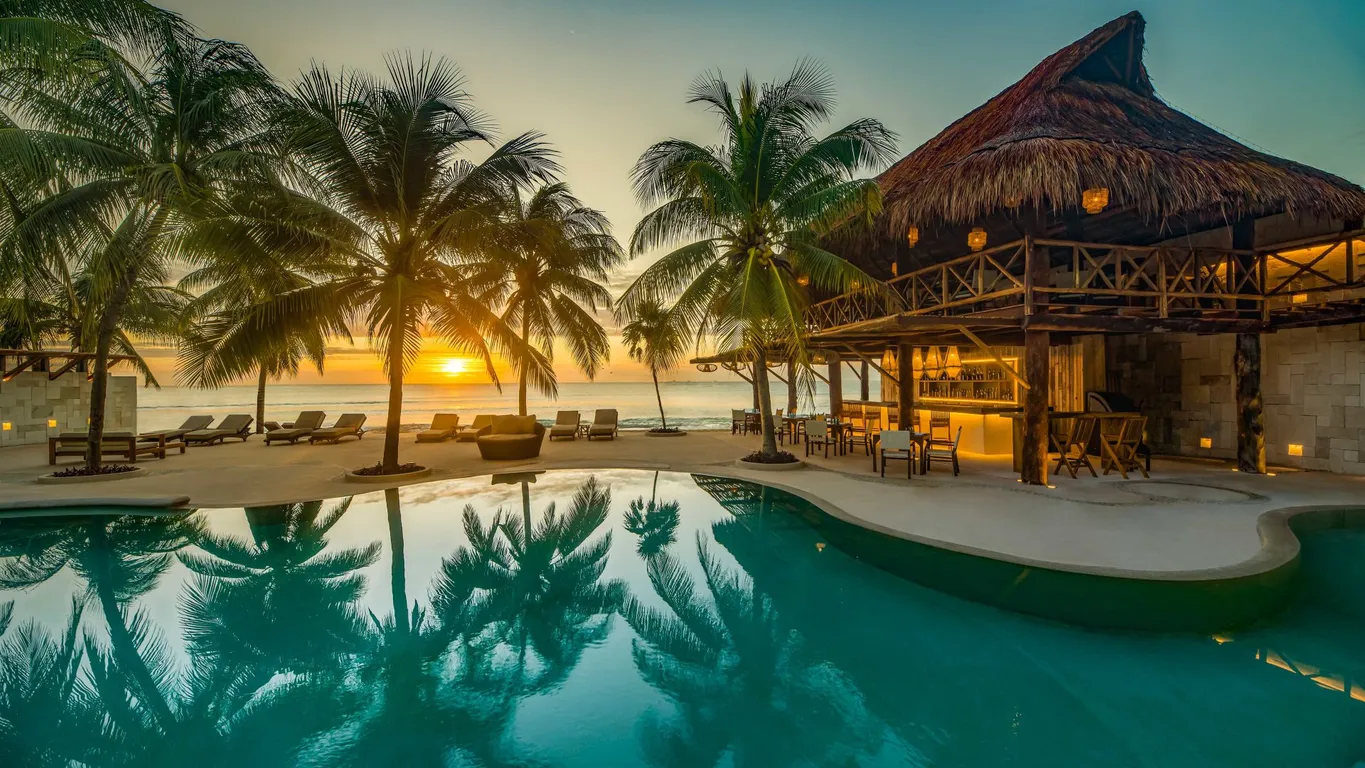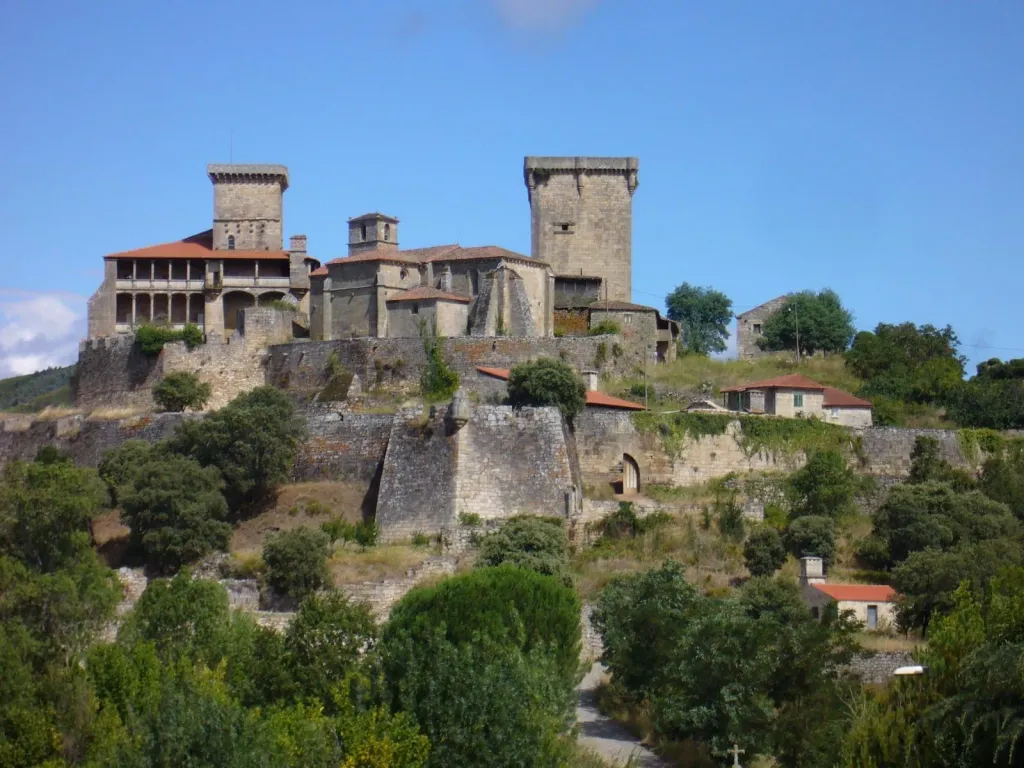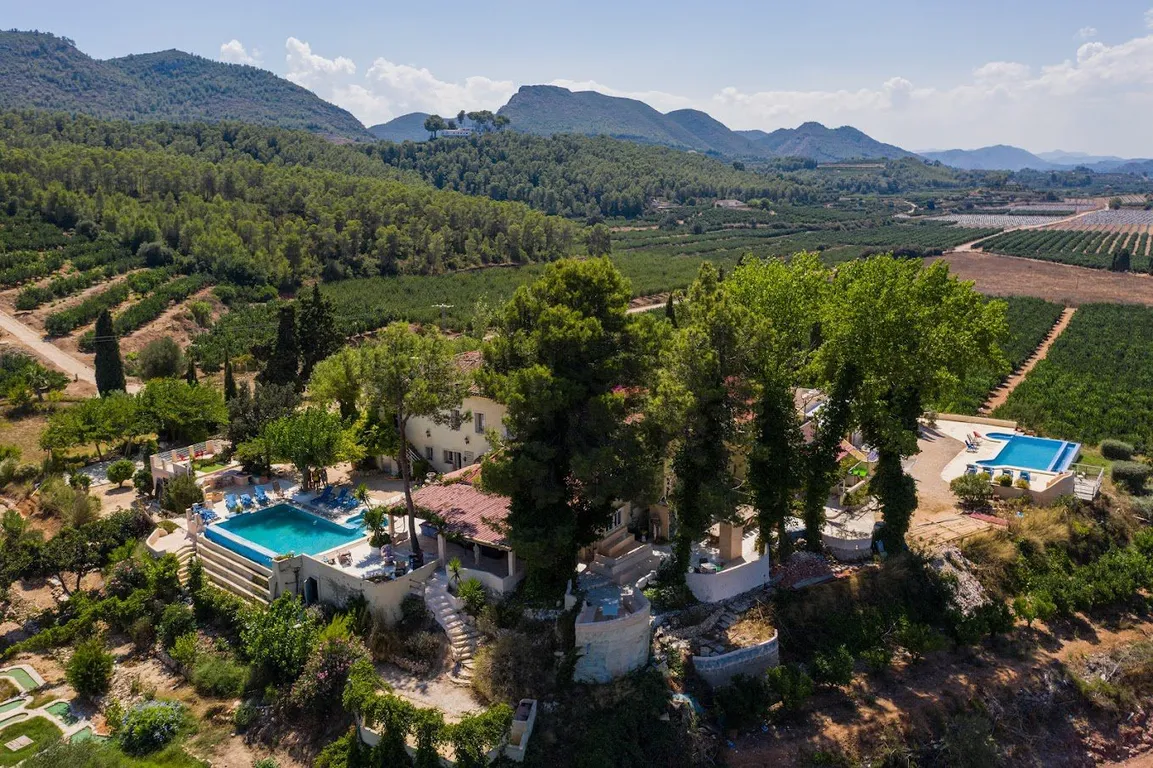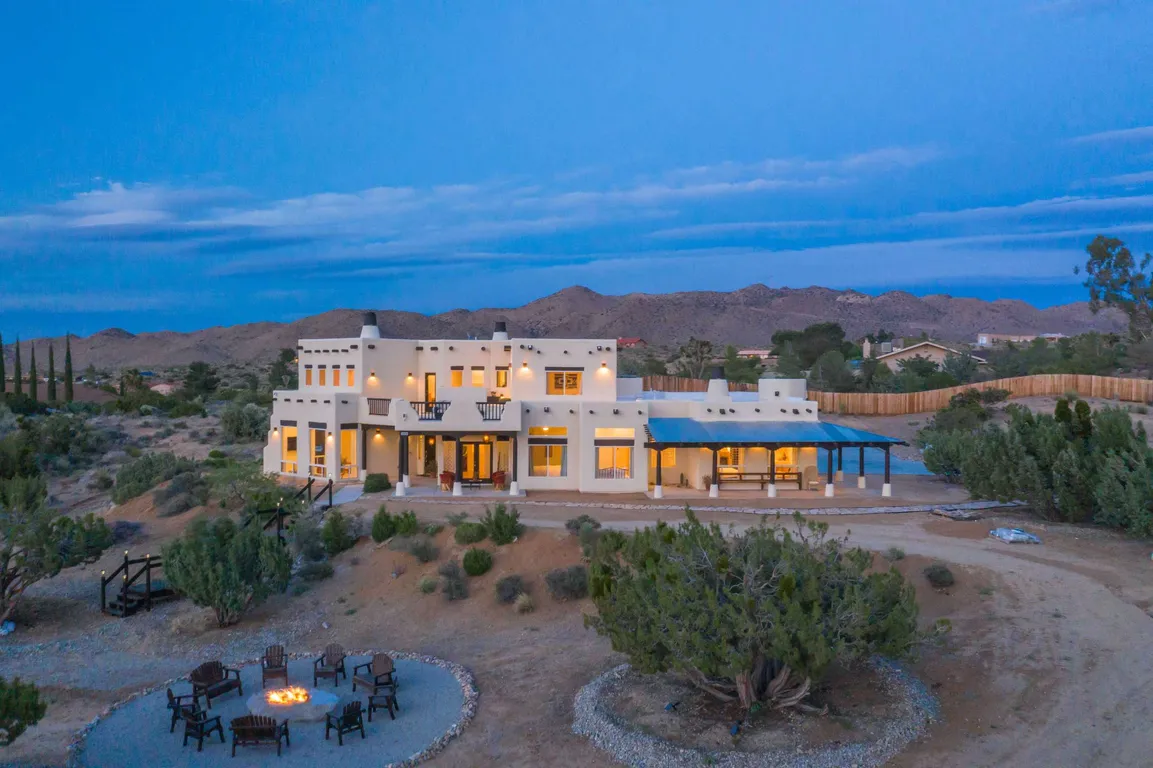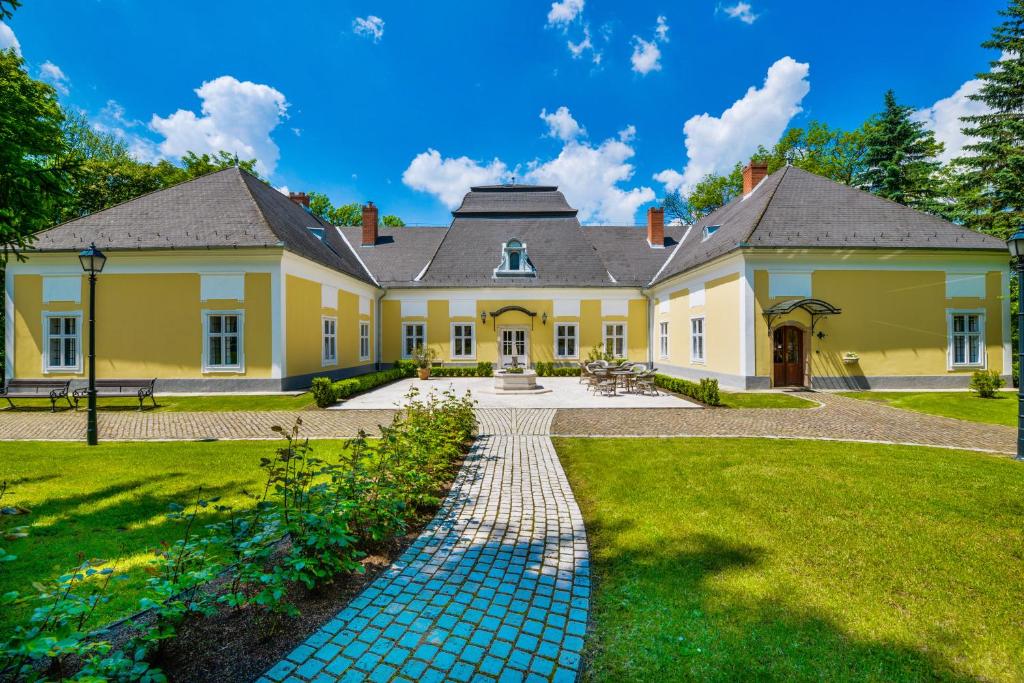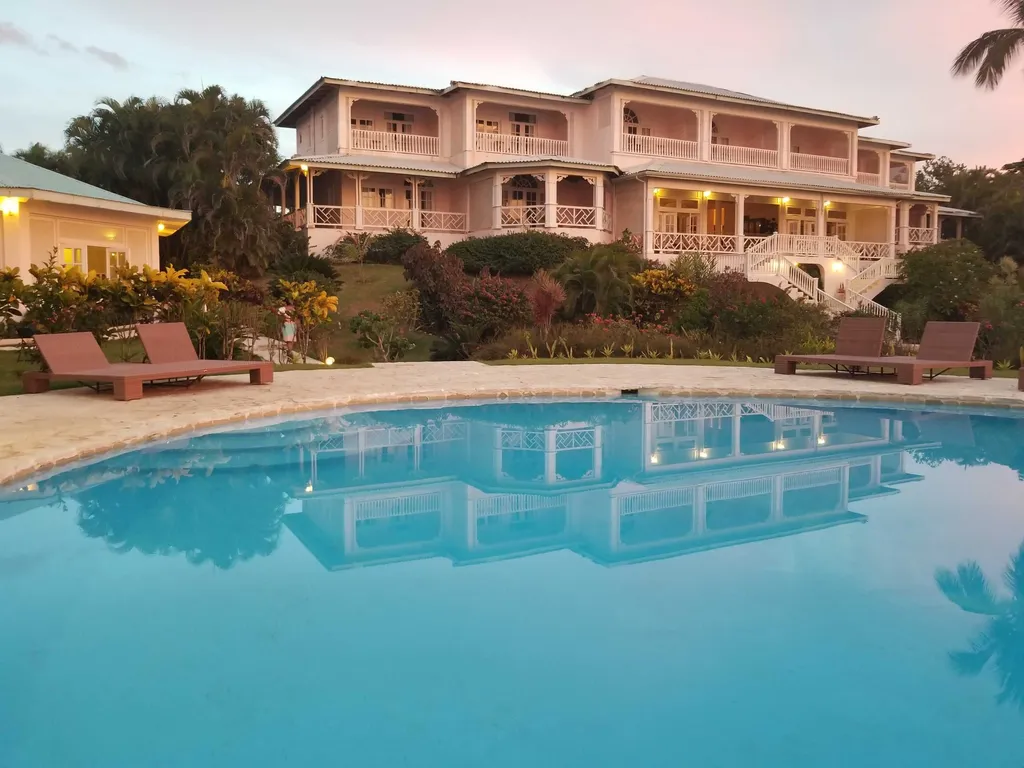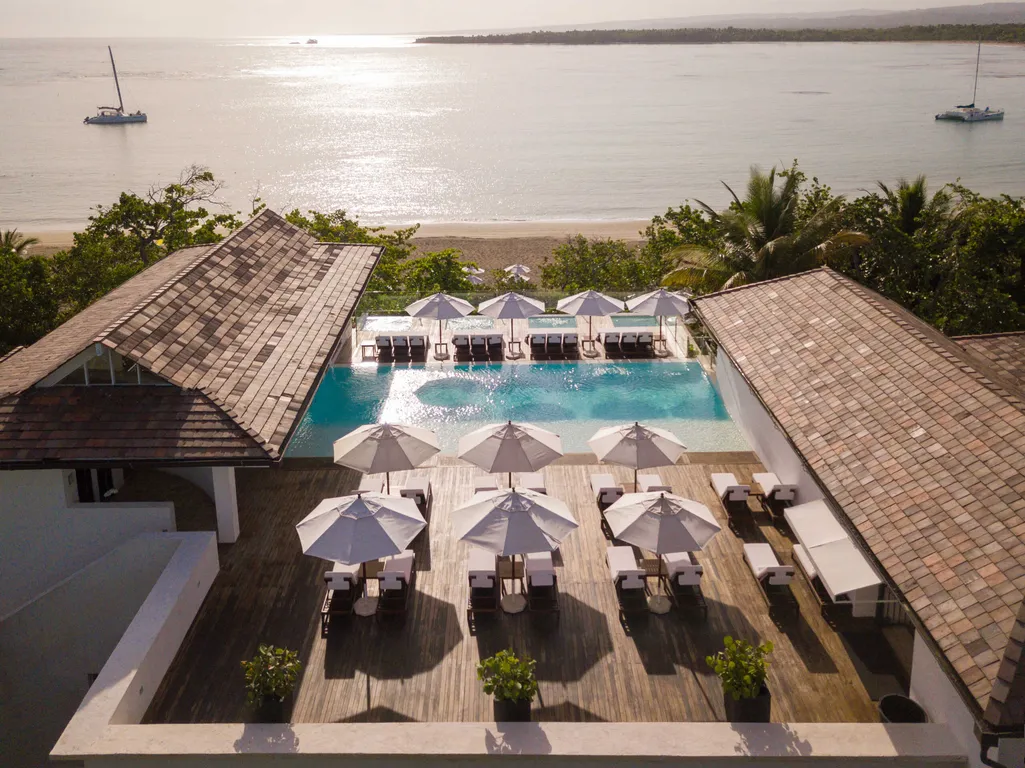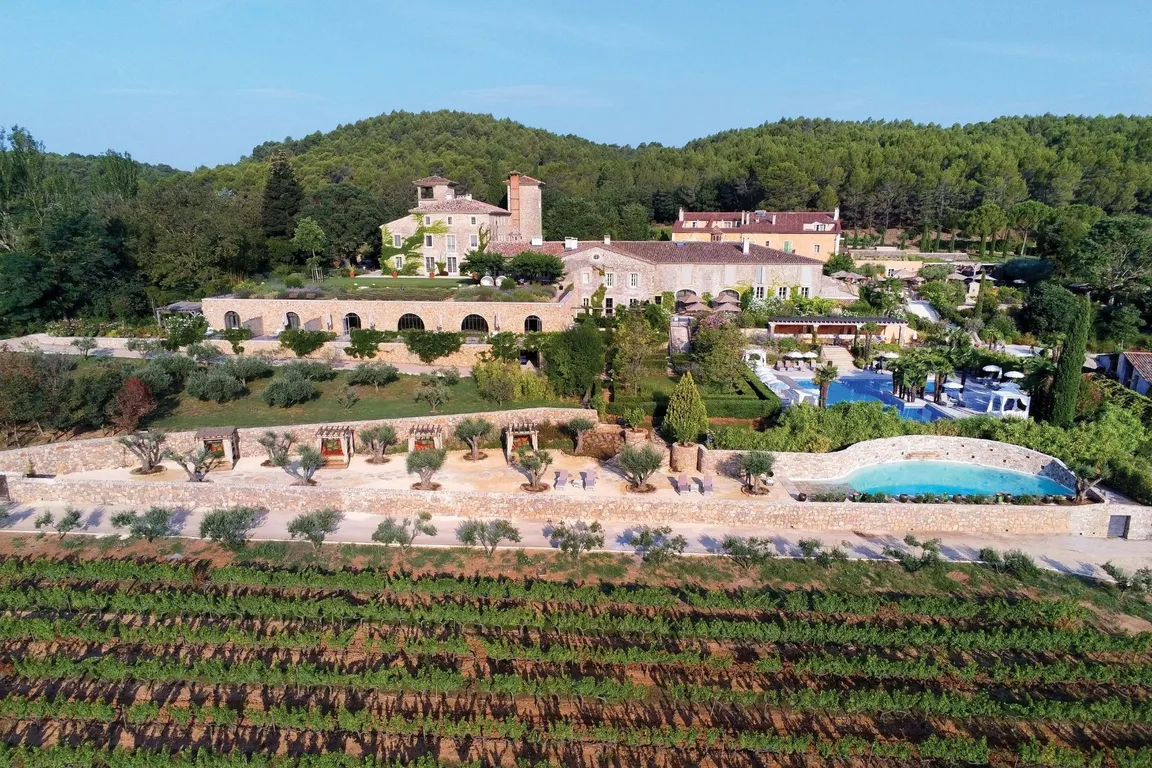
Motivate teams with custom incentive trips
Boost morale with incentive trips that recognize achievements. Curated travel experiences tailored to your team's success.
Incentive tripsSorted by best rated
- Most popular
- Most popular
- Recommended
- Most popular
- Recommended
- Most popular
- Most popular
Other collections and themes
Chateaus & castles
Adventure & activities
All-inclusive resorts
Beach resorts
Luxury retreats
Adults only
Beach retreats
Executive retreats
Family & friends getaways
Digital Nomad retreats
Best jungle resorts
Boutique hotels
Team retreats
Co-Working retreats
Countryside escapes
City hotels
Mountain retreats
Business & conferences hotels
Corporate wellness retreats
Mastermind retreats
Nature retreats
Personal growth workshops
Private islands
Private villas & exclusive stays
Remote work retreats
Retreats by the lake
Retreats for burnout
Retreats for entrepreneurs
Retreats for mental health
Retreats for men
Retreats for women
Sales kickoffs
Ski retreats
Startup retreats
Wedding & special events
Wildlife & nature
Team building retreats
Fitness retreats
Leadership retreats
Retreats for weight loss
Retreats for families
Spa retreats
Winter retreats
You got questions,
we have answers
Incentive Travel: Rewarding Excellence with Unforgettable Experiences
Incentive trips are a powerful way for companies to recognize top performers, build loyalty, and foster company culture through travel experiences that go beyond cash bonuses. Whether it's a high-end getaway in the Caribbean, a vineyard tasting in Europe, or a luxury resort like One&Only Aesthesis in Greece, incentive travel creates lasting impressions that motivate and inspire. These curated programs drive real business results—boosting employee engagement, sales performance, and partner retention. With support from experienced incentive travel companies and guidance from organizations like the Incentive Research Foundation (IRF), companies can deliver award-winning experiences with measurable ROI. From team-building activities to built-in free time, every detail contributes to a memorable journey that celebrates achievement and fuels future success.
Are incentive trips taxable?
Yes, in most countries, incentive trips are considered a form of compensation and are generally taxable to the recipient. In the United States, the value of the trip must be included in the employee's W-2 income. Tax treatment varies internationally, so it's important to consult local tax laws or a financial advisor. Some companies choose to "gross up" the value to cover taxes for the recipient. Clear communication of tax implications upfront is essential. Partnering with an experienced incentive travel company can help navigate these compliance issues.
How long are usually incentive trips?
Most incentive trips last between 3 to 5 days, allowing enough time for both scheduled activities and free time to unwind. Weekend getaways are common for shorter programs, while international destinations may require a full workweek to justify the travel time. The duration often depends on the program's budget, goals, and distance from the attendees' home base. Longer trips are typical for top-tier achievers or high-performing sales teams. Even short trips, when curated well, can leave a lasting impression. The key is balancing structure with memorable experiences.
What is the average cost of an incentive travel program?
On average, companies spend $4,000 to $7,500 USD per attendee for a full-service incentive travel program, though luxury programs can exceed $10,000 per person. Costs include flights, accommodations, meals, activities, event management, and on-site staff. For group incentive travel in high-end destinations like One&Only Aesthesis (Greece), pricing is typically on the premium end. International destinations may also require higher budgets due to travel logistics. Incentive Research Foundation (IRF) data shows incentive trips consistently deliver strong ROI compared to cash bonuses or merchandise.
Who goes on sales incentive trips?
Sales incentive trips are typically reserved for top-performing sales reps, channel partners, or business development teams who exceed specific KPIs. In some cases, customer service teams, marketing staff, or channel partners may also be included if they influence business outcomes. Some programs allow high performers to bring a guest, turning the reward into a shared celebration. Selection is usually based on transparent performance metrics to ensure fairness and motivate broad participation. Executive leadership often joins to reinforce recognition and strengthen company culture.
How Much Should We Budget For A Sales Incentive Program?
Most companies allocate 1–3% of total sales revenue toward incentive programs, depending on size, goals, and available resources. For every $1 invested in incentive travel, IRF studies show companies can see $4–$8 in return through increased performance and retention. A small team might budget $50,000 for a domestic getaway, while larger, international programs can reach several hundred thousand dollars. It's important to account for trip planning, event management, and free time experiences to create a balanced itinerary. Budgeting also includes promotional materials and pre-trip communication for maximum excitement.
Why Should I Choose a Cruise for Incentive Travel?
Cruises offer a cost-effective, all-inclusive solution that simplifies logistics and provides a variety of experiences in one package. Attendees can enjoy multiple destinations, onboard entertainment, curated tastings, and group excursions—all while unpacking just once. With built-in spaces for team-building activities and networking, cruises create natural opportunities for camaraderie. They also offer strong value in terms of accommodations, meals, and entertainment bundled together. Cruise lines often have dedicated incentive travel teams to help with customization. It's a great option for balancing structure with leisure.
What are the benefits of incentive travel for employees?
Incentive travel motivates employees, improves job satisfaction, and builds stronger connections among team members. It serves as a tangible reward for hard work and reinforces a culture of recognition. Unlike cash bonuses, travel creates memorable experiences that are shared and talked about long after the event ends. It also provides personal development opportunities, especially in international destinations. Travel can spark creativity, recharge energy, and deepen loyalty to the company. These programs often boost performance not just among attendees, but across the entire organization.
How much does it cost to hire an incentive travel company?
Hiring a professional incentive travel company typically costs 10–20% of the total program budget, depending on the level of service and customization. This fee includes trip planning, logistics, vendor coordination, on-site management, and attendee communication. High-end programs in global destinations like Greece or the Caribbean may require more complex planning and larger teams. Some agencies bundle their fee into supplier pricing, while others offer à la carte services. Hiring experts helps ensure a smooth, compliant, and award-winning experience.
How do companies measure the success of incentive trips?
Success is typically measured through a mix of qualitative and quantitative KPIs. These include improved sales numbers, increased retention, customer loyalty metrics, and post-trip satisfaction surveys. Social media engagement and feedback from attendees also reflect the trip's cultural impact. Companies may compare results with previous incentive programs or with control groups who didn't attend. A clear action plan and follow-up strategy ensures momentum continues after the trip. According to the IRF, well-run programs show measurable improvement in both engagement and business results.
How do incentive trips improve employee performance?
Incentive trips offer both recognition and motivation, encouraging employees to go above and beyond. When linked to clear performance goals, they create healthy competition and alignment with company objectives. These trips often increase collaboration, reinforce teamwork, and strengthen relationships with leadership. The promise of an unforgettable experience fuels ongoing engagement and commitment. Travel also provides space for personal growth and fresh perspective—boosting creativity and enthusiasm upon return. Over time, incentive travel becomes a cornerstone of high-performing company culture.

